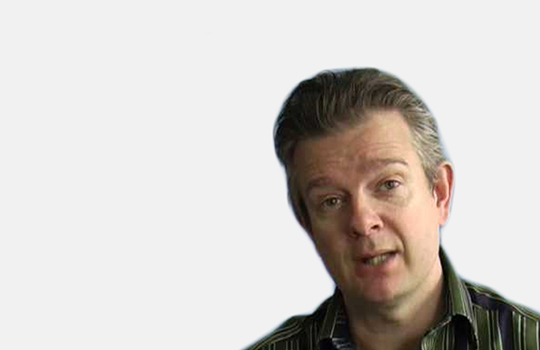![]() I want to speak of a certain dread – call it a patient’s dread. I speak from experience. In my early twenties I went under the knife a handful of times. A little problem with a psoas abscess. All over now, thankfully, excepting the memories, but it is out of those memories that I want to speak. Looking through a patient’s eyes, the medical encounter is fretted with pain, both the pain of the disorder and the anticipated pain of the cure. Surgery is a paradigm case. We drag ourselves to the meeting heavy with ambivalence. We want to shed the burden of illness, but eye the cost uneasily, suspicious that our suffering will be the coin in which we pay.
I want to speak of a certain dread – call it a patient’s dread. I speak from experience. In my early twenties I went under the knife a handful of times. A little problem with a psoas abscess. All over now, thankfully, excepting the memories, but it is out of those memories that I want to speak. Looking through a patient’s eyes, the medical encounter is fretted with pain, both the pain of the disorder and the anticipated pain of the cure. Surgery is a paradigm case. We drag ourselves to the meeting heavy with ambivalence. We want to shed the burden of illness, but eye the cost uneasily, suspicious that our suffering will be the coin in which we pay.
Some of this ambivalence condenses into the figure of the doctor. The white knight of healing and the dark knight of pain. They share the same hands; they wield the same knife. There is also the matter of professional discipline, of distance. Doctors cannot doctor without clinical detachment. Too much empathy and they would be destroyed by the turbulence. For a patient there is also the additional estrangement of being an object of scrutiny, of knowledge. It is a strange thing being a datum in the field of a science. We fear that what we are most of all will be lost – where in all this is the subject who suffers and hopes?
To defeat the chill of medicine there is a turn toward the warmth of the humanities. Sunk by science, the human being erupts into the sunlight of art, stretches its legs in the green meadows of culture. A discipline is slowly emerging – something of a holdall discipline to be sure, a drip-pan – to collect and to ponder this human overflow, somewhere to store what medicine cannot find home for, a discipline that has come to be called medical humanities.
I came to medicine – or at least to that proximate discipline medical ethics – via the humanities, and so this should be my natural home. It is perhaps no coincidence that ethics and humanities are shelved together in the medical library, somewhere beyond the science section, beyond economics, beyond even the sociology of medicine, somewhere out there where the warm human heart still beats.
I have been re-reading Great Expectations. I make no apologies. It is one of the finest novels ever written. If it is warmth you are after, then here is warmth aplenty: Joe Gargery the blacksmith – what larks Pip – the Aged Parent in his tiny castle, Trabb’s boy mocking Pips’ fresh pomp, sweet oh so sweet Biddy, an arterial flow of living Dickensian characters, full of erratic and irresistible life. But it is not the warmth alone that makes Dickens great. Too much of it and he froths into sentimentality. At a certain point in any great work of literature, the writer writes cold. And Great Expectations has a chill at its heart. It rises from the marshes, creeps out of the hulks, blows in from the colonies. It sidles like a miasma into the heart of the city, crawls up through the social ranks. You can hear it in the shuffle of the spiders in the hollow of Miss Havisham’s bridal cake. Pip’s rise is funded by a convict’s money, and the gentleman’s card is mottled with crime.
Medical humanities seek to join what medicine splits, to return the human subject to the object of medical scrutiny. It is to be sure a noble undertaking but it needs to be wary of its tools. To oppose too much the warm humanity of art to the cold science of medicine misreads both and drives each into its cliché. Art and medicine are both ways of knowing the world and both are deeply linked to human flourishing. To this extent they share a common purpose. But good artists need a cold eye as much as good doctors need a warm heart.
Julian Sheather is ethics manager, BMA. The views he expresses in his blog posts are entirely his own.
